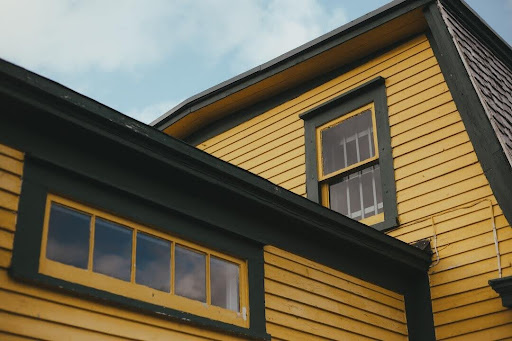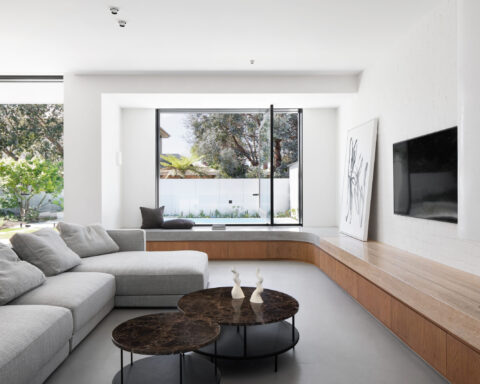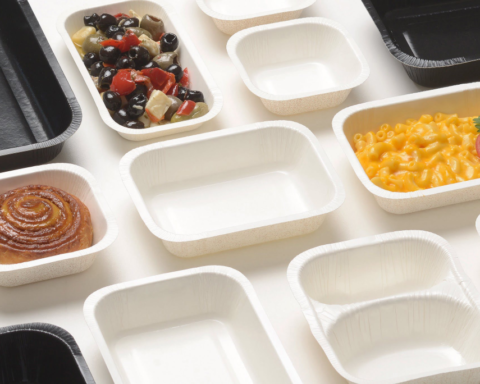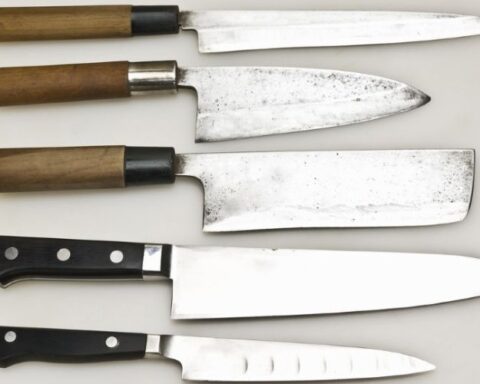Is your hardwood floor looking worn out?
Hardwood repair can be tricky. Sometimes, a DIY approach works. Other times, hiring a professional is the better option. Knowing what to do can save you time and money.
Ready to learn? Keep reading!
Minor Scratches and Scuffs
Minor scratches and scuffs are common on hardwood floors. They can occur from daily wear and tear. Furniture, pets, and even shoes can cause these marks. The good news is that you can often fix these yourself. These kits come with everything you need to buff out scratches.
Another approach is using a walnut. Rub the walnut over the scratch to fill it in. This works well for shallow scratches. Apply this with a soft cloth, then buff the area. Remember, regular maintenance helps prevent these issues. Always clean and protect your hardwood to keep it looking its best.
Flood Damage
Flood damage is a serious concern for hardwood floors. Water can seep into the wood and cause it to warp or swell. The first step in addressing flood damage is to remove the water as quickly as possible. Then, run fans and dehumidifiers to dry out the area.
After drying, inspect the floors for signs of warping or swelling. If the boards are only warped, they may return to normal once dry. However, severe warping usually requires replacement. In such cases, it’s best to consult a professional. Flood damage from a natural disaster can be extensive.
Water Damage
Water damage is a common issue for hardwood floors. Spills, leaks, and high humidity can cause water to seep into the wood. To start with water damage restoration, you need to dry the floors quickly. Fans and dehumidifiers are also helpful to dry out the area completely.
Inspect the floors after they are dry. Look for signs of warping, swelling, or stains. Mild water damage can often be fixed with a good cleaning and drying. For more severe damage, sanding and refinishing might be needed. In the worst cases, you might have to replace the damaged boards.
Debris Removal
Debris on hardwood floors can cause scratches and damage. Dust, dirt, and small stones are common culprits. Regular sweeping and vacuuming can help remove this debris. Use a soft-bristle broom or a vacuum with a hardwood floor attachment. Avoid using vacuums with beater bars as they can scratch the wood.
It’s also important to place mats at entryways to catch dirt before it reaches your floors. For deeper cleaning, you can use a damp mop with a hardwood floor cleaner. Be careful not to use too much water, as moisture can damage the wood.
Refinishing Entire Floors
Refinishing entire floors is a big job. It can make old hardwood look new again. Start by cleaning the floors well. Remove all furniture and rugs. Sweep up any dust and debris. This helps prepare the floor for sanding.
Next, sand the floors to remove the old finish. A floor sander works best for this. Once sanding is done, clean up the dust. Then, apply a new finish. Use a brush or roller to spread the finish evenly. Let it dry properly.
Read More About Hardwood Repair
Hardwood repair can seem daunting, but it’s manageable. Keep your floors clean to prevent damage. Address minor issues promptly. Don’t be afraid to use DIY methods for small scratches. For severe problems, consult a professional.
Did you find this article helpful? Check out the rest of our blog for more!








